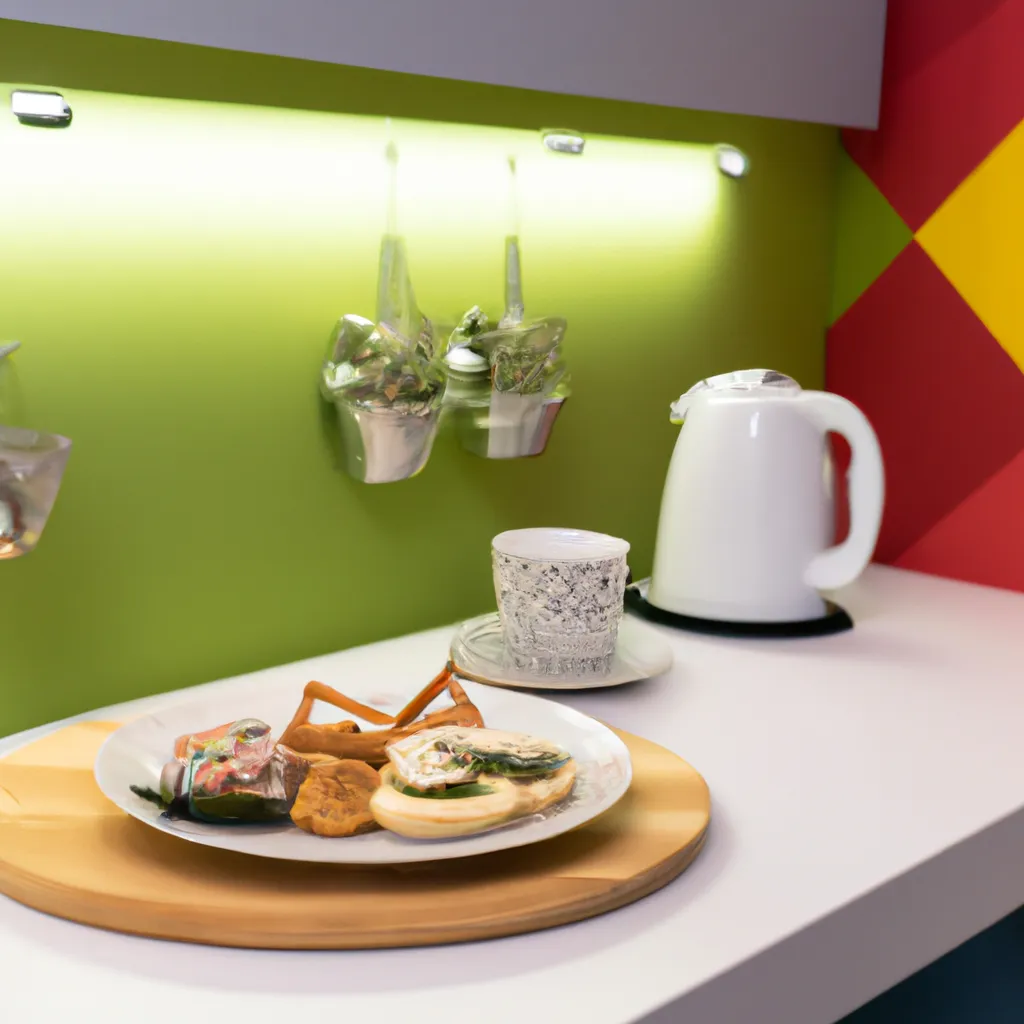Communal living: the rise in popularity of subdivided living spaces.

The urban housing environment is undergoing a transformation driven by the growing popularity of communal living or 'co-living'. When considering the national rise in rental prices, the issue of affordable rents becomes even more relevant. Last month's CoreLogic data shows a 30 percent increase in rents for single-family homes nationwide since February 2020. The rise in rental rates is part of a broader trend where renters, especially in urban centers like Chicago, are spending a significant portion of their income on housing. According to CoreLogic, the average U.S. renter family spends about 40 percent of their income on housing costs.
Co-living, which is invested in the sector and''called a modern housing solution, combines private and shared space, its main advantage being affordability, flexibility and community.

For people like Mark Ayers, who has faced financial hardship due to rent increases three times since the pandemic began, co-living was an attractive option. "Living here for me was about being part of a community while I save up for a down payment on a house," Ayers told Newsweek. Confirming Ayers' point about the profitability of co-living, rental data offers more'A broad picture of the financial situation in major American cities. For example, in the skyscraper '\''The 808 Cleveland'\'' in downtown Chicago, managed by housing cooperative management company Common, a fully furnished room in a four-bedroom apartment starts at $1,332 for a six-month lease. In comparison, an unfurnished private studio in the same building starts at $1,944, and a luxury three-bedroom, three-bathroom penthouse apartment starts at $5,730.
Comment
Popular Posts
Popular Offers


Subscribe to the newsletter from Hatamatata.com!
Subscribe to the newsletter from Hatamatata.com!
I agree to the processing of personal data and confidentiality rules of Hatamatata










